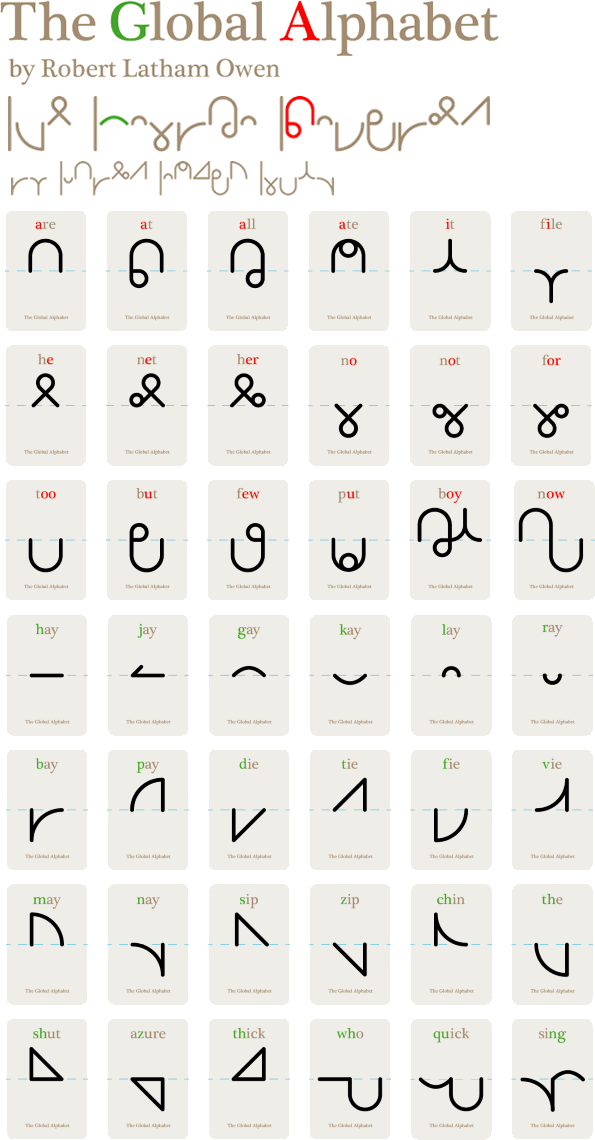Two potential phonemes for Diinlang have needed special consideration.
CH
The first is the phoneme /t͡ʃ/, which in English is the most common phoneme that the digraph “ch” is used for. “C” on its own is not used as a phoneme in Diinlang, since “k” or “s” serve instead. Some conlangs use “c” to represent /t͡ʃ/, but this may be confusing. Some natural languages, such as Portuguese, represent /t͡ʃ/ with “x” or other letters.
Since “ch” represents /t͡ʃ/, and /ʃ/ is often represented by “sh”, some phonetic systems use “tsh” for /t͡ʃ/. This raises the side issue of acceptable consonant clusters for Diinlang.
For Diinlang, the question is whether to use “ch” or “tsh” for /t͡ʃ/? If we do use “ch” then “c” becomes rather like the letter “q” in English, in that it only ever occurs as a digraph.
“Ch” in some English words sounds like it should be more accurately represented by a “jh” rather than a “tsh”. Should “church” be spelt “jhurtsh”, “jhurch”, or “tshurtsh”?
W
The other phoneme that needs special consideration for Diinlang is that represented by the letter “w” in English, and the symbol /w/ in IPA. In English, this letter has a distinct sound when used at the start of a word or syllable or as the digraph “wh”. When used otherwise “w” often substitutes for other phonemes, such as “oh” in “slow”, “ou” in “cow” and “or” in “saw”. The digraph “kw” is probably the best representation of the sound of “q/qu” in English. For this latter use, if nothing else, Diinlang probably needs to include “w”.
Some linguistic groups have trouble pronouncing the phoneme /w/, often substituting a “v”-sound.
When encountering “w” at the start of a word or syllable in English or Diinlang, a useful tip is to attempt to pronounce it as a “u” rather than as a “v”.
